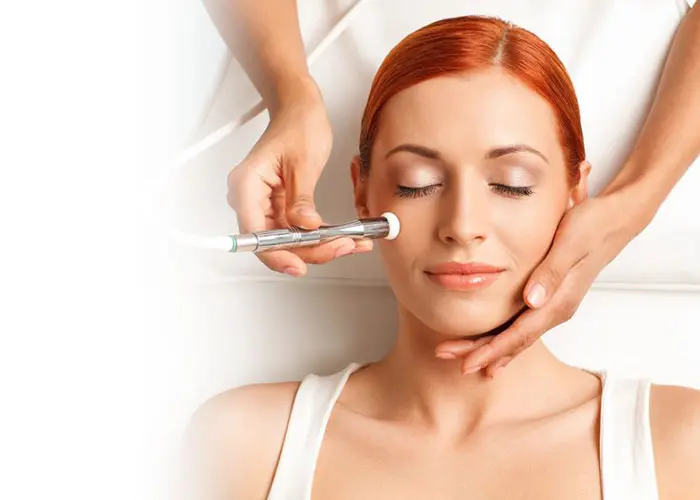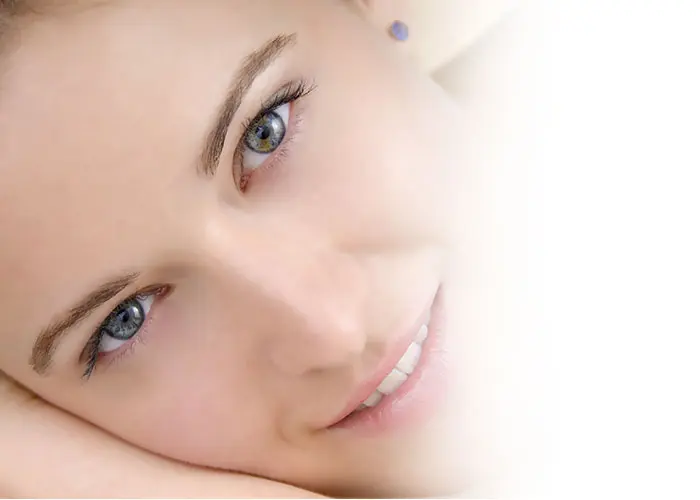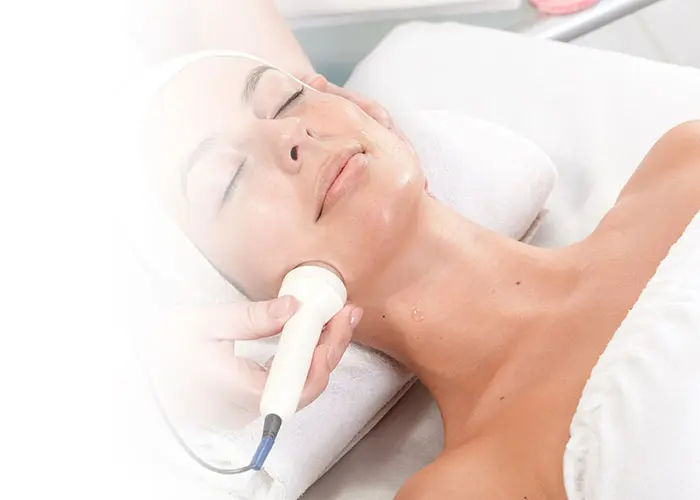Capillary Treatment in Turkey
Radiofrequency Thermocoagulation is how to eliminate varicose veins without damaging the surrounding tissues by using sound waves in capillary treatment.

Capillary Treatment with Radiofrequency
Thermocoagulation (Radiofrequency) procedure used for capillary treatment is performed with TC3000, the most effective device in this field. The system consists of a generator device that generates radio waves and needles that transmit them to the tissue. Radio waves are applied at a frequency of 4mhz and in pulses whose duration can be adjusted.
The 0.075mm-0.15 mm thick needles have an exceptional coating and are only effective with the tip when inserted. In principle, the radio waves transmitted through the needles inserted into the skin cause the capillaries to coagulate through heat.
In general, capillary varicose veins up to 0.9 mm (telangiectasias), varicose veins smaller than 0.3 mm, varicose veins in places such as the wrist, knee, and face, and capillary varicose veins of any skin type can be treated effectively.


How is capillary varicose vein treatment performed?
Without requiring special preparation or anesthesia, the needle is inserted into the varicose veins under a magnifying glass at intervals of approximately 1 mm, and pulsation is performed with the help of a pedal. Thus, the varicose area is treated by intermittent needle insertion. The treatment is usually painless. An average session lasts 10-15 minutes, and during this time, 200-600 pulses are applied to the varicose area, and roughly a total of 40-80 cm long capillary varicose veins are treated.
In the first moments of the application, the varicose veins turn into red bumps on the varicose veins, and these bumps crust within a week and return to normal skin after a few weeks, where the varicose veins disappear. After the procedure, no bandage or medication is required, and there are no restrictions on daily activities.
As with other treatments, there is no need to avoid sunlight. It can be applied all year round without seasonal restrictions. Side effects such as allergy, pigmentation, and burns are not observed. If there is a pacemaker, nickel allergy, or infection in the area to be treated, this method is not applied.
Capillary treatment with Radiofrequency, where a successful process is followed without leaving a trace with special frequencies, is successfully performed by Cardiovascular Surgeon Op. Dr. Onur Üstünel
Capillary Varicose Veins Treatment Method
TC3000 thermocoagulation is superior to laser in certain respects. Laser is an expensive treatment that causes significant inflammation, requires repeated applications for success, results can be seen in 4-6 weeks, and has a considerable risk of burns and stains. It can cause serious cosmetic consequences, primarily when not performed according to the rules.
On the other hand, TC3000 thermocoagulation has advantages over sclerotherapy alone. For example, sclerotherapy cannot be applied in very small varicose veins on the face and wrists and requires post-treatment dressings and bandages, as well as the risk of bruising and stains. However, sclerotherapy and TC3000 thermocoagulation are usually used together. More prominent varicose veins are treated with sclerotherapy first, and TC3000 thermocoagulation is applied to the remaining capillary varicose veins.

What are Capillaries? Why Does It Happen?
Capillary varicose veins can often occur as a symptom of a disorder in the venous system and only appear on the surface of the skin. The venous system collects the dirty blood in the body and ensures that it is taken to heart and cleaned, but due to a health problem in the leg veins, the dirty blood from the capillaries becomes unable to be transported to the heart, resulting in the varicose veins in question.
This vascularization, which is quite common in society, is mainly on the face and legs but can occur anywhere in the body. The process of treating capillaries, which are generally more common in fair-skinned and blonde people, is an important issue. Capillaries that cause skin sensitivity can cause red spots and redness on the face.
While capillaries, especially on the face, negatively affect human psychology, work, and social life, the reasons for the formation of capillaries can be listed as follows;
- More sensitive and thinner skin can cause capillaries
- Acne and rosacea can raise this issue
- Prolonged exposure to sunlight exposes capillaries
- Long-term use of cortisone-containing creams
- Birth-related developments and hormone changes,
Apart from these, capillary treatment, which may occur for many reasons depending on age and genetic structure, is performed with precision by Cardiovascular Surgery Op. Dr. Onur Ustunel.
